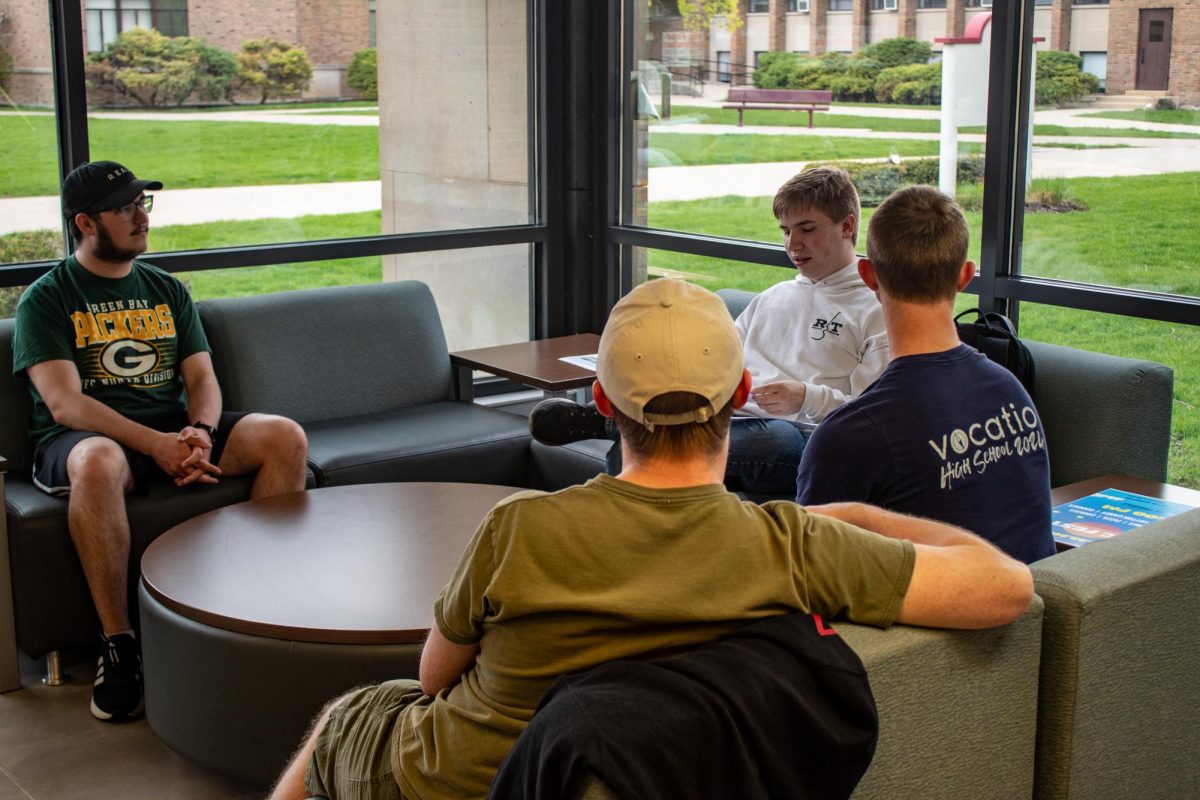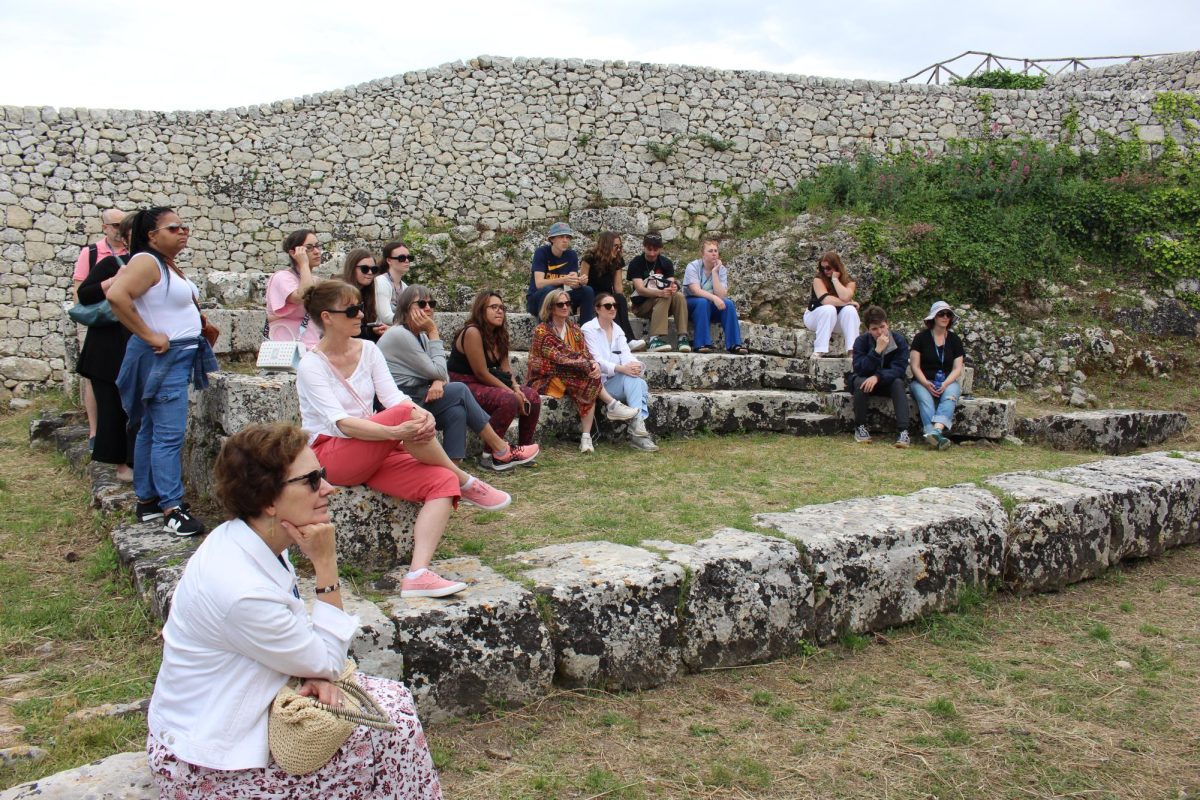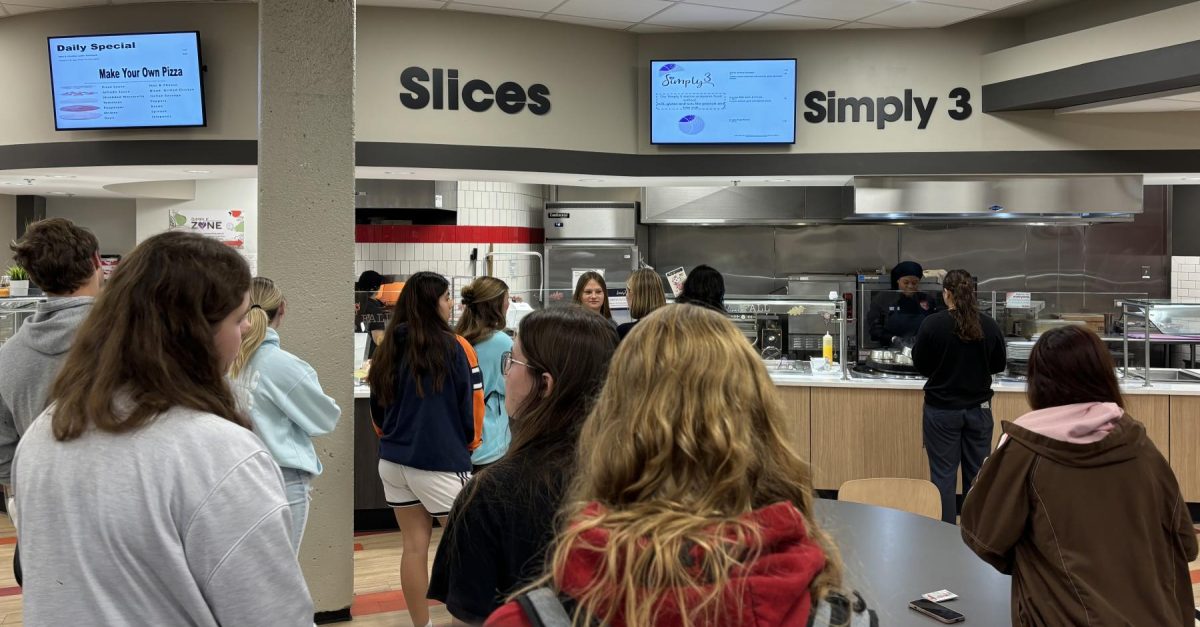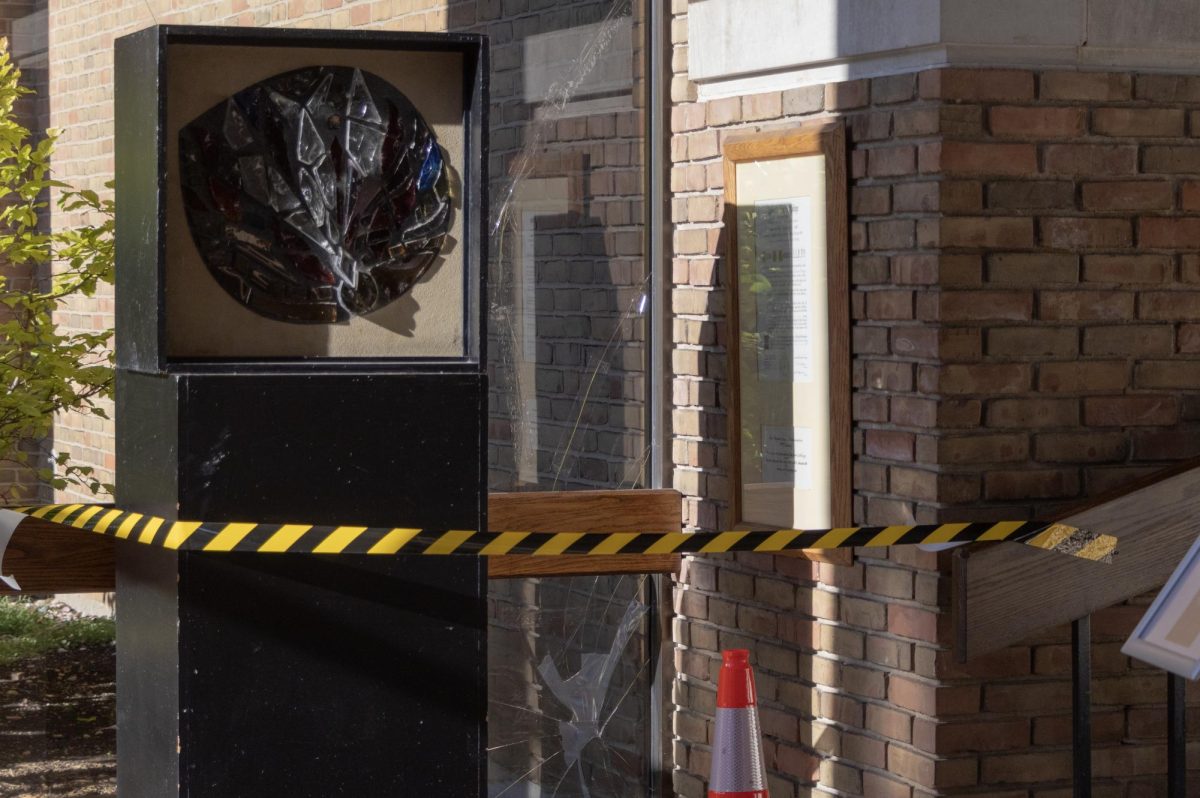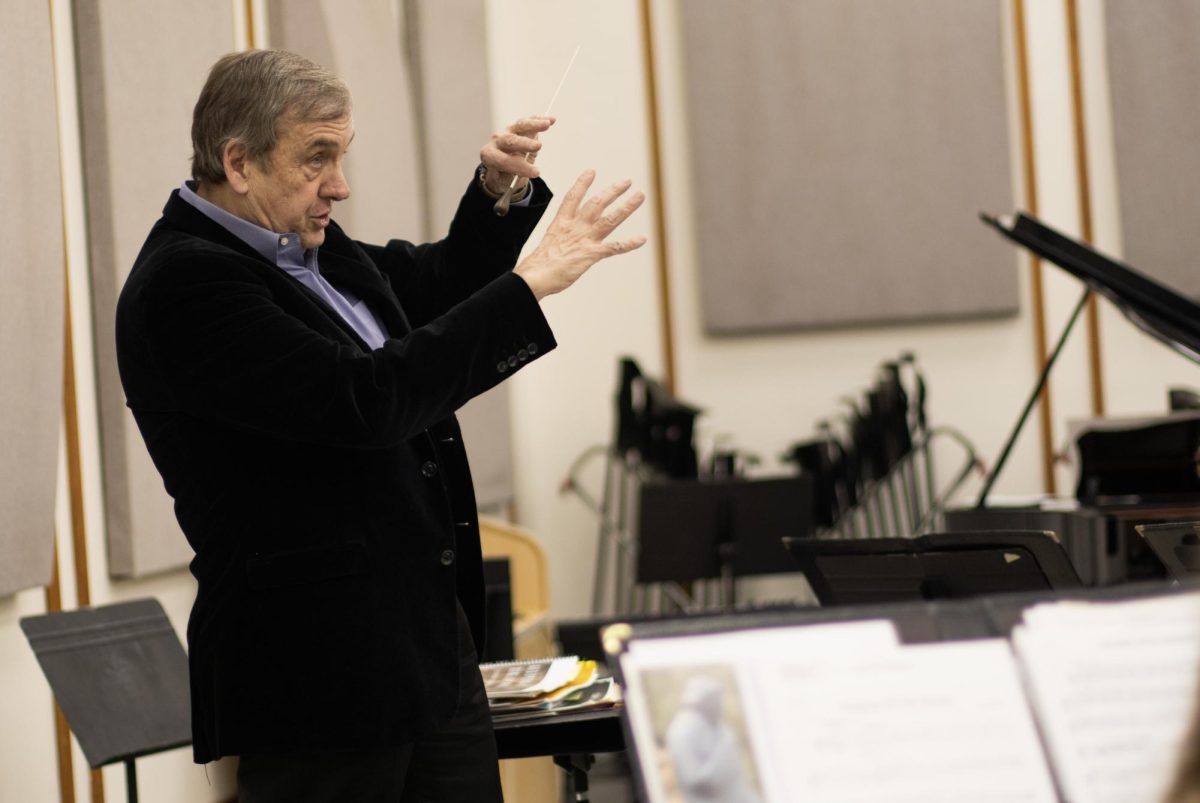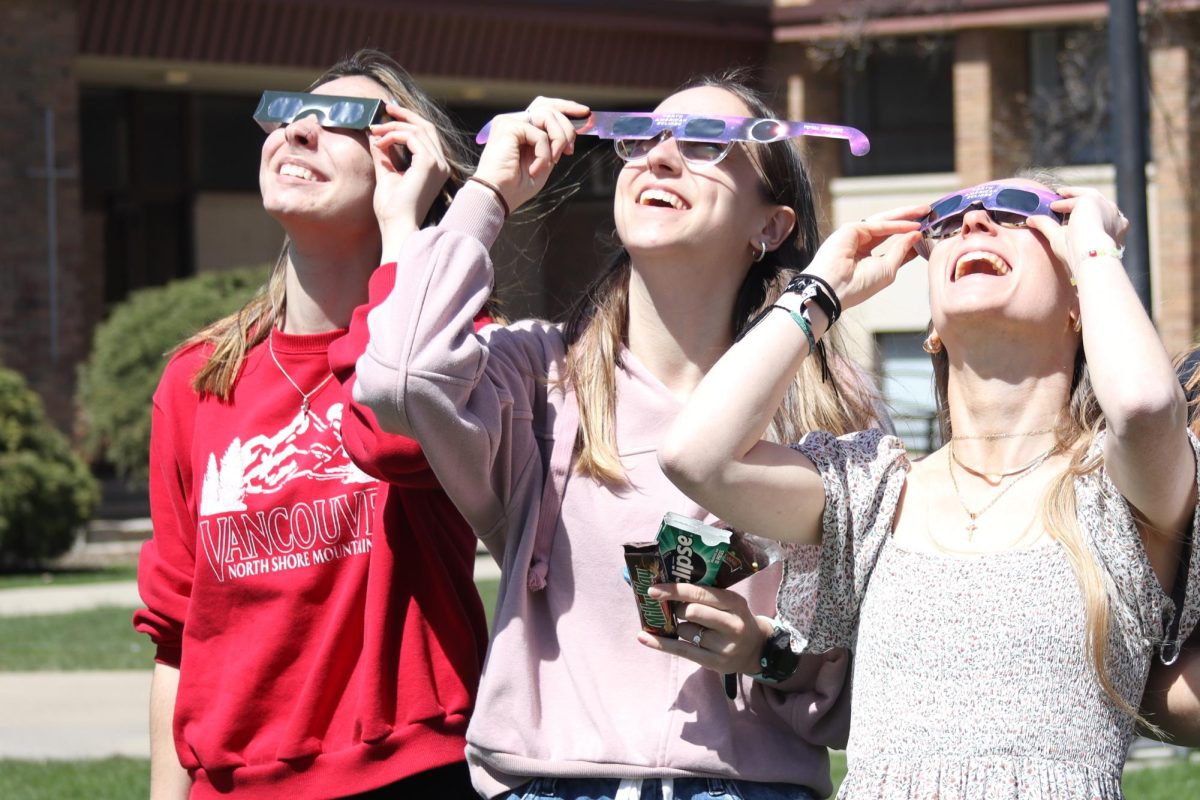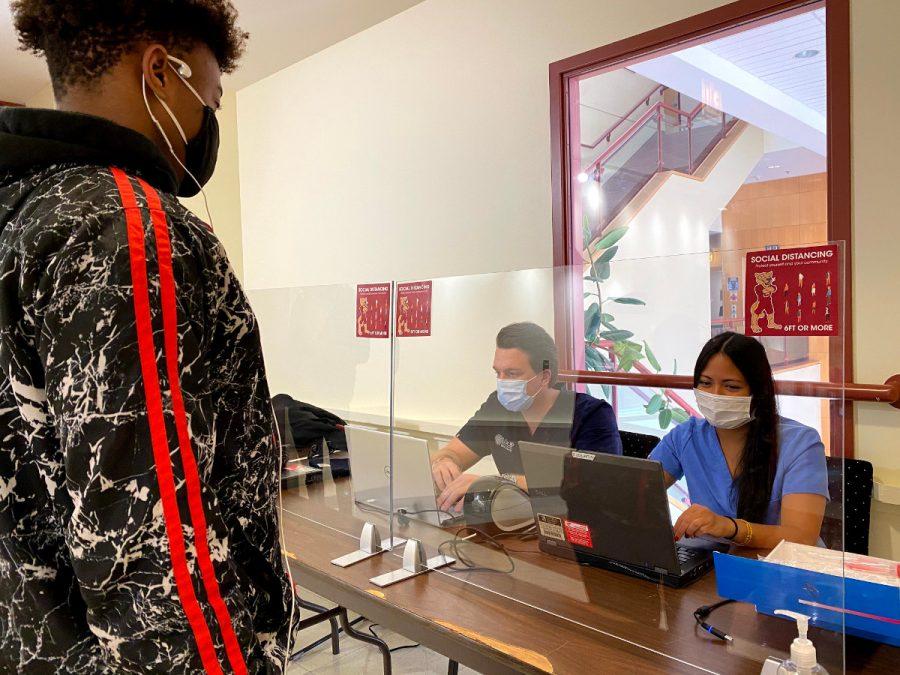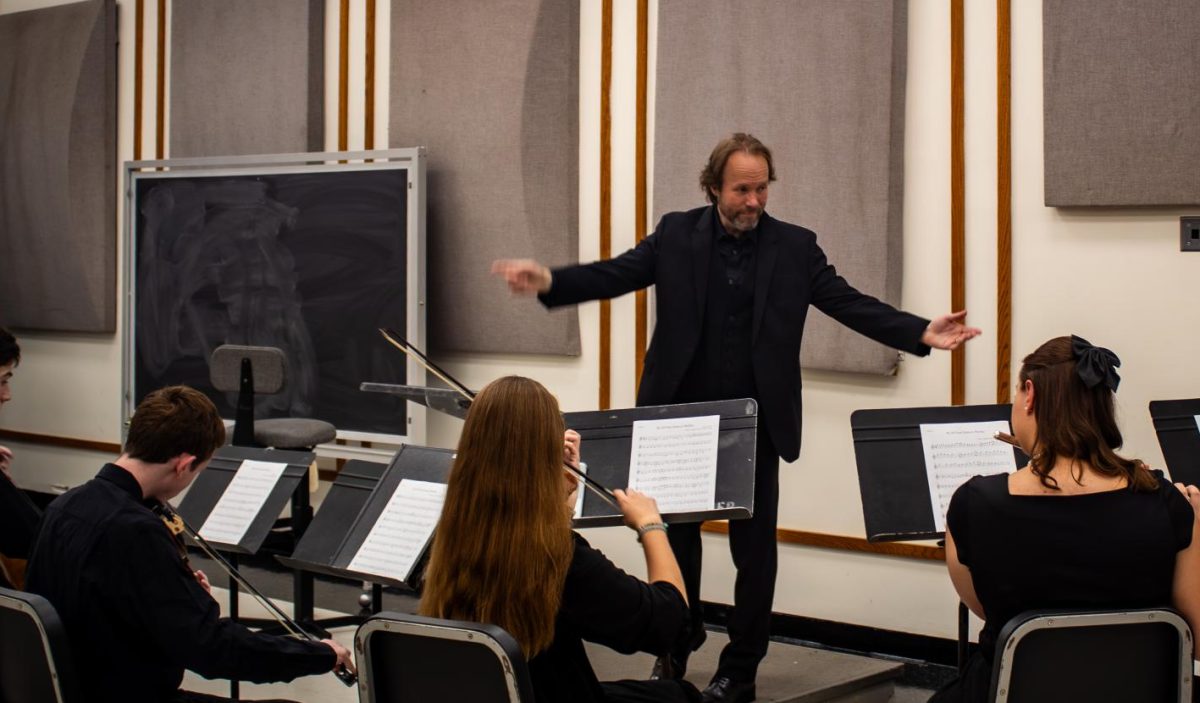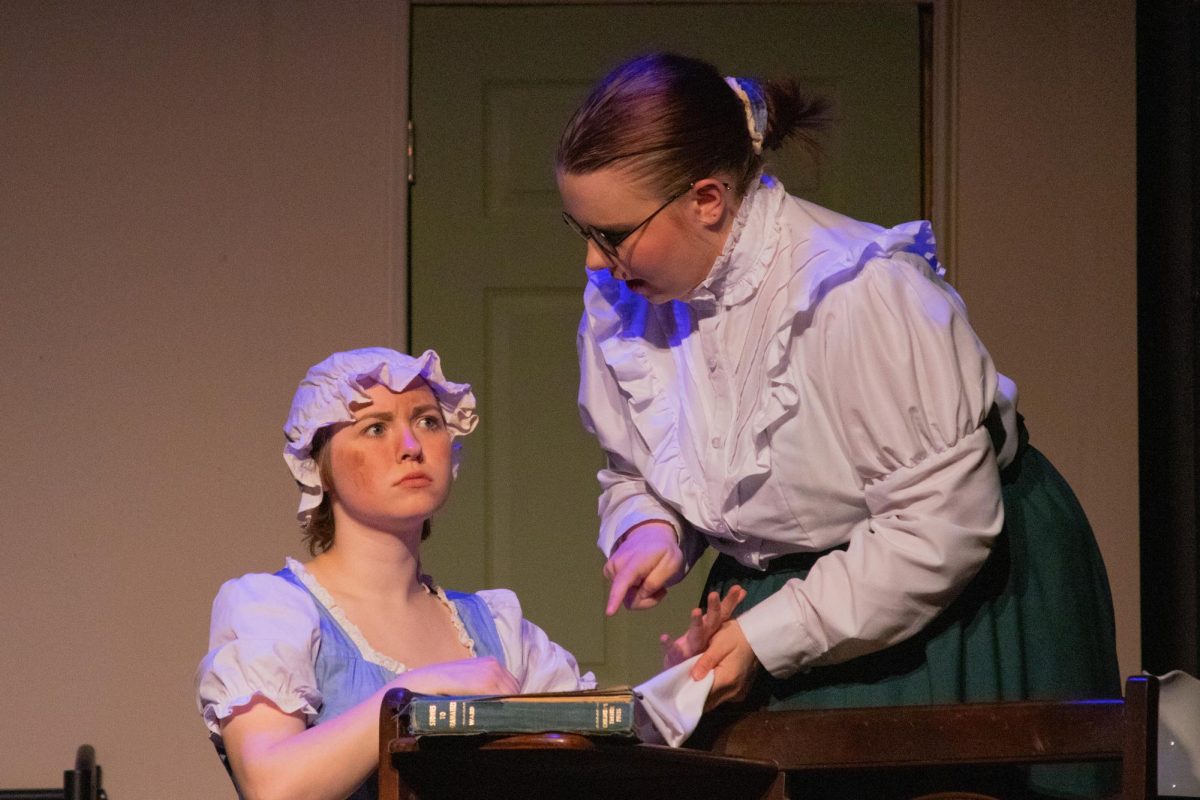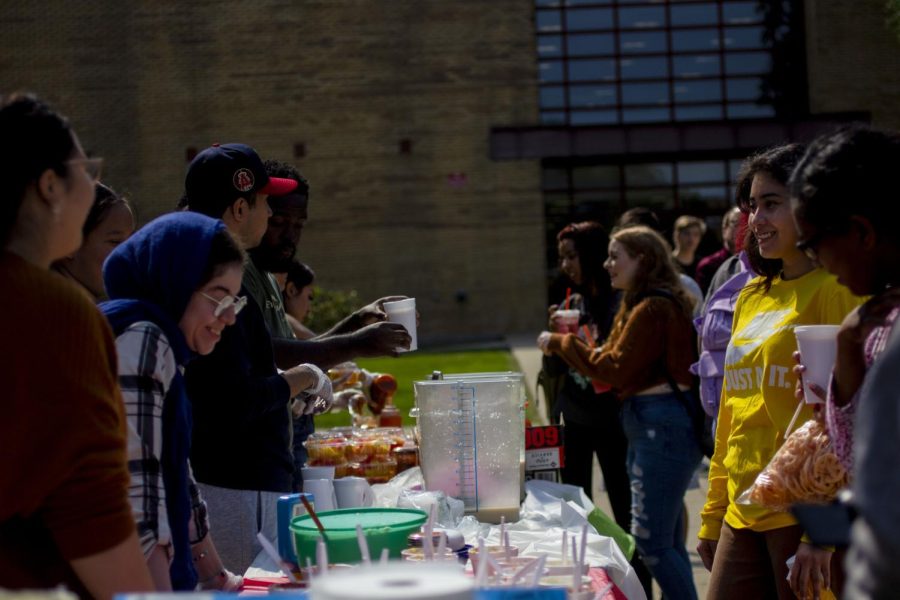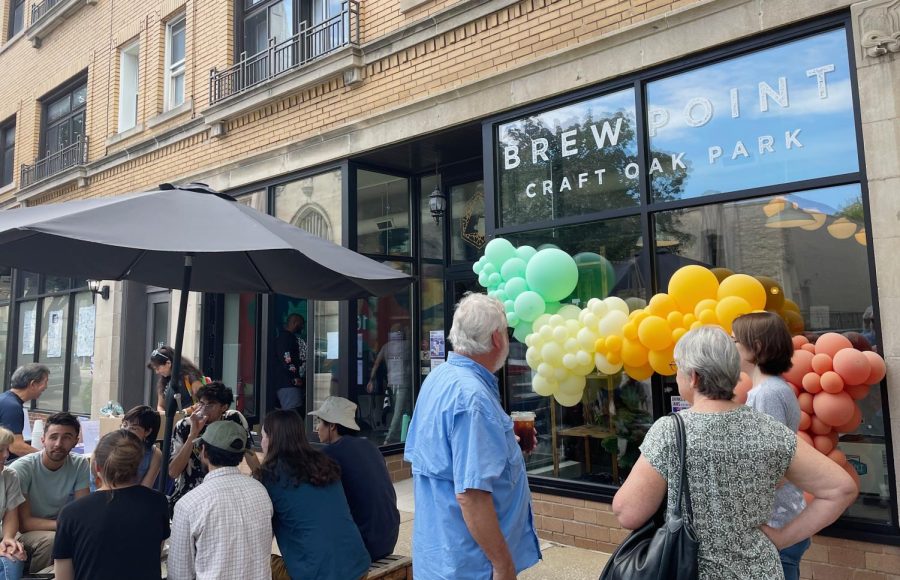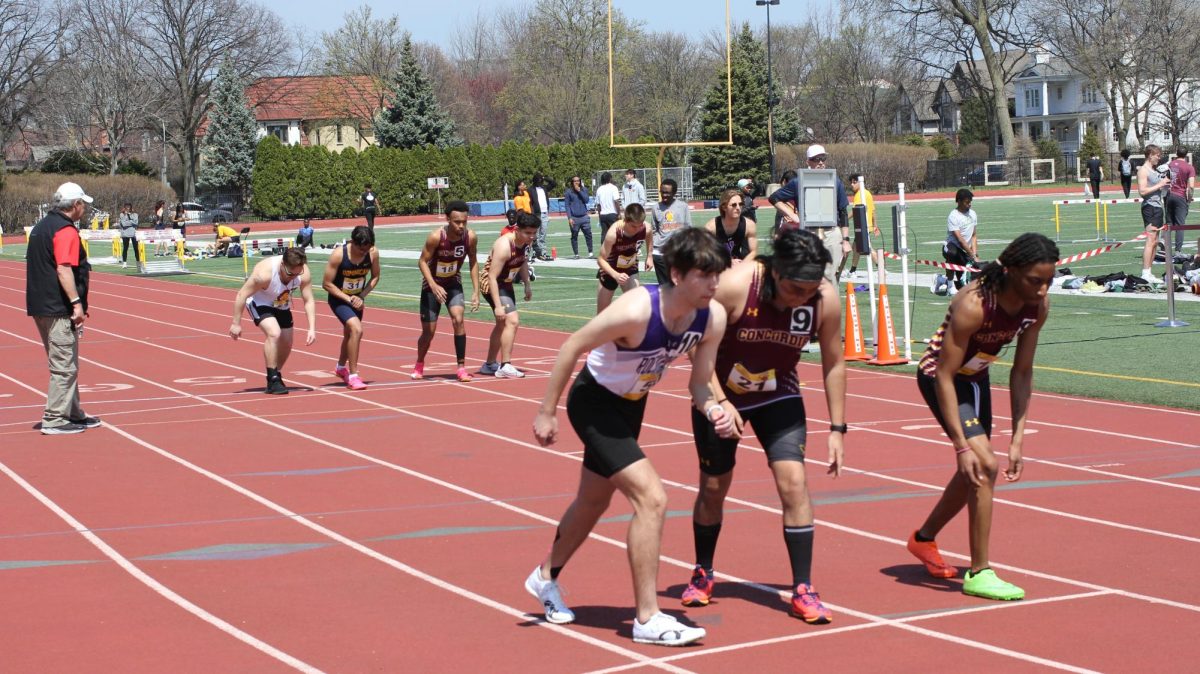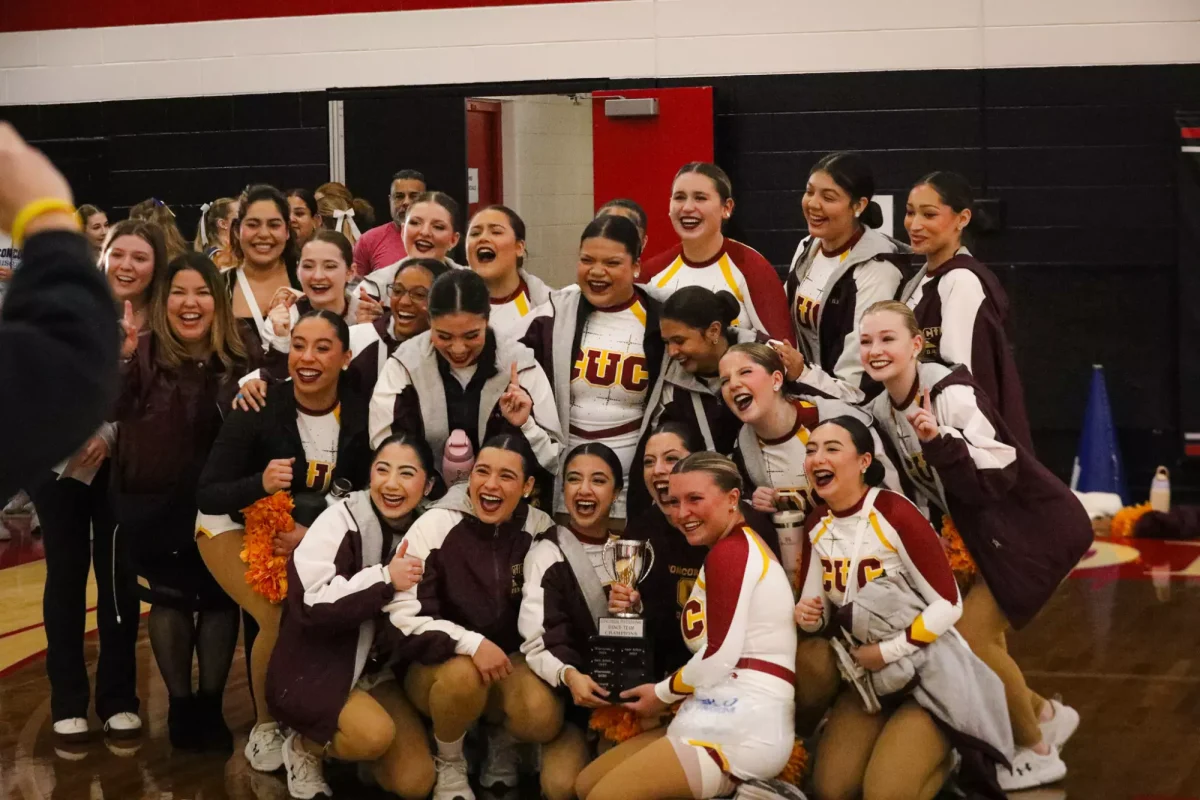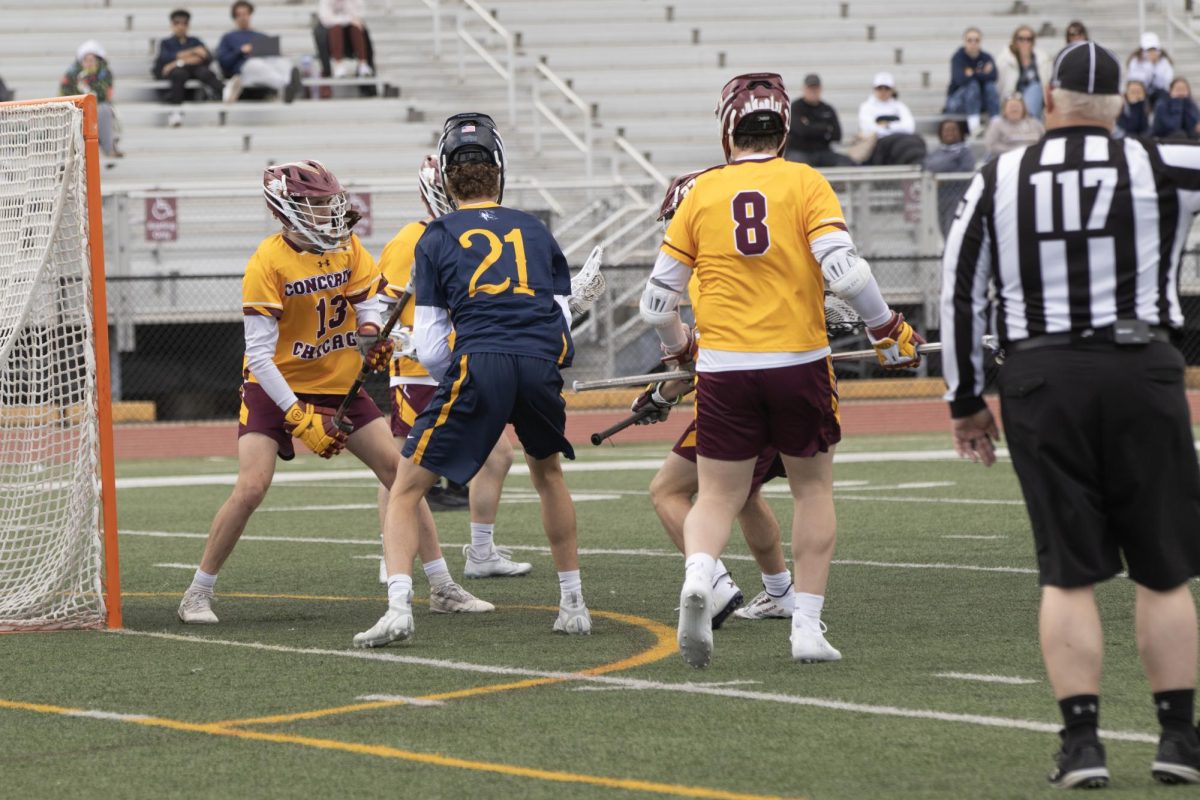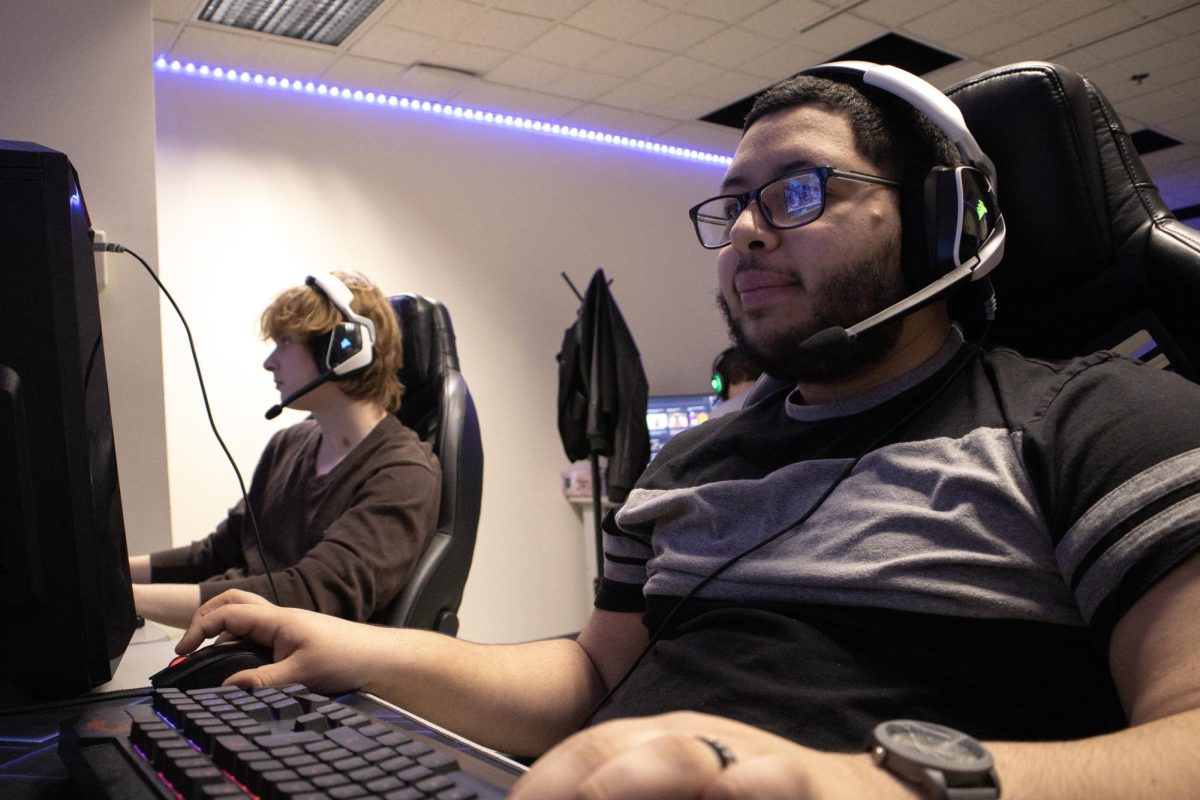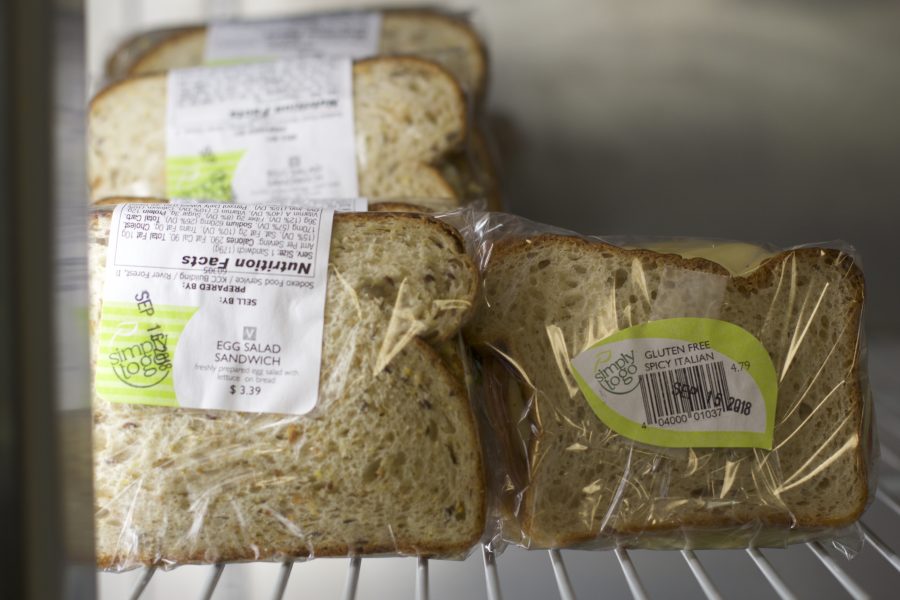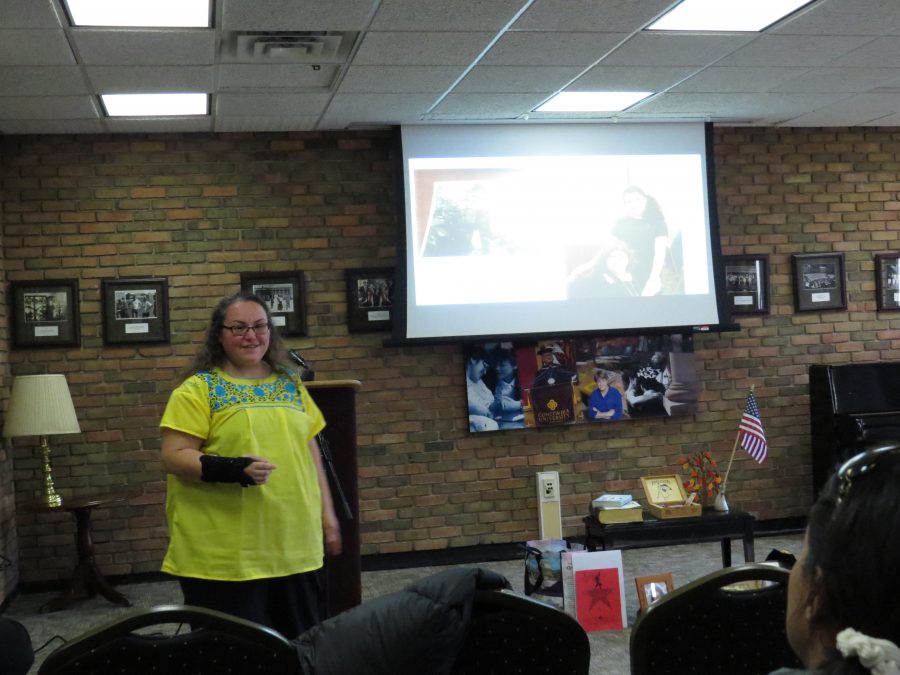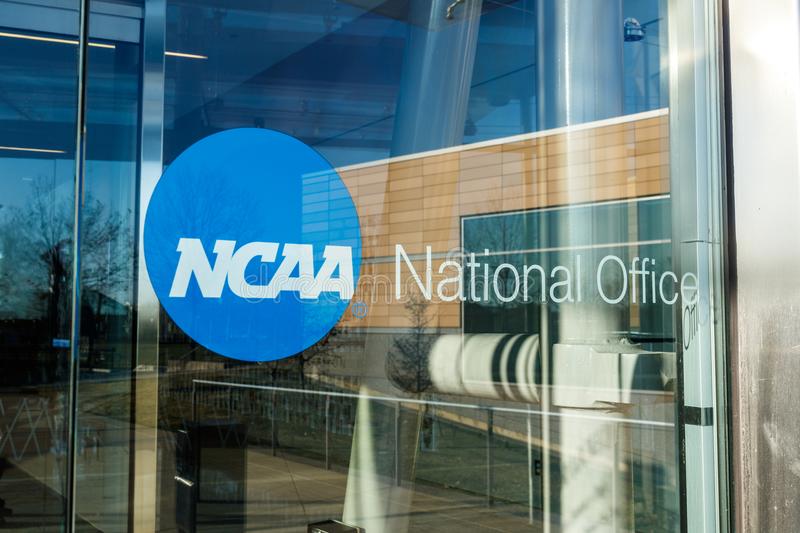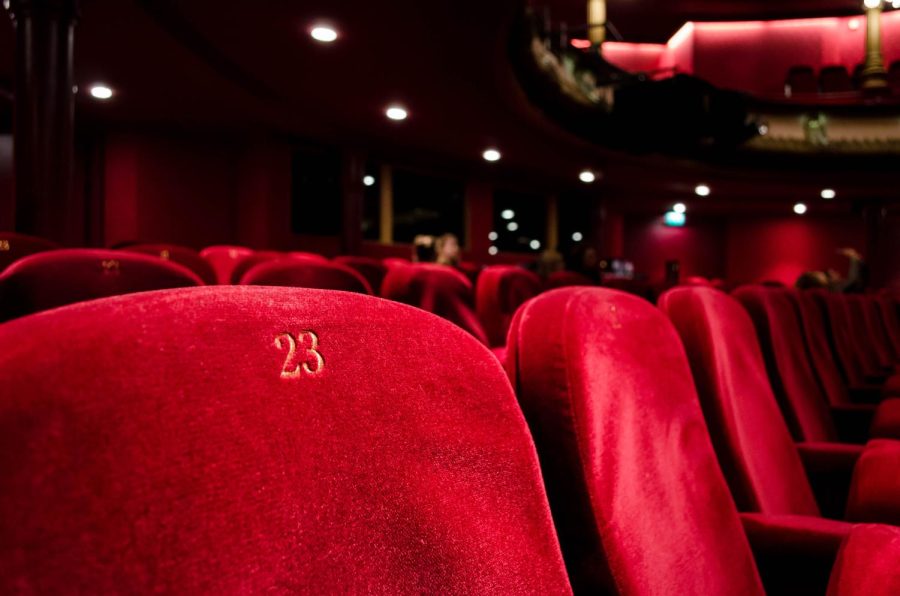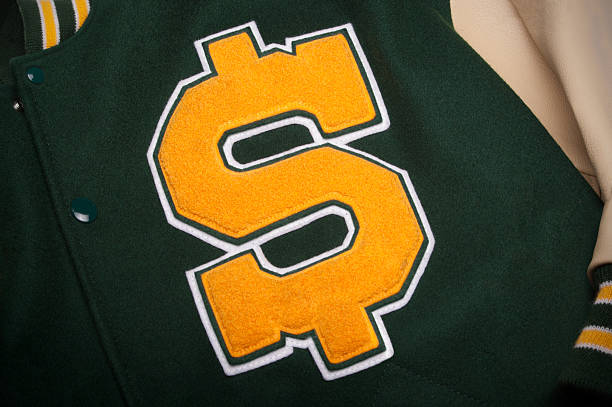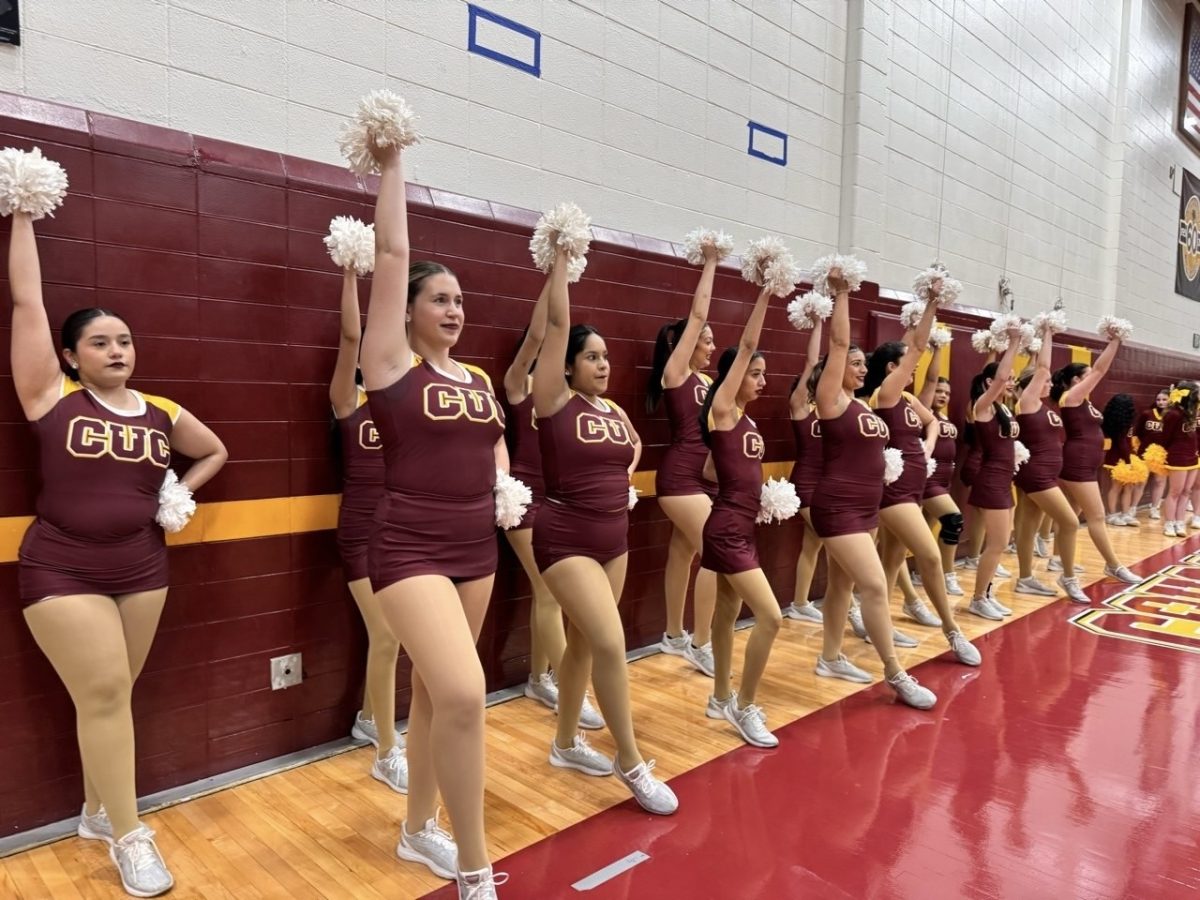By Daniel Hasko

Perhaps the greatest sporting event in America, there is a reason that the NCAA Division 1 Men’s Basketball Tournament is nicknamed “March Madness.” It is fairly common knowledge that the tournament is a pretty big deal as bracket challenges and office pools dominate conversations in mid-March. Pair the first Thursday of competition with St. Patrick’s Day (This year) and businesses in the United States might as well shutdown. In a time of the year where every TV commercial is tailored to basketball fans, and the sweet melody of One Shining Moment makes its annual presence on the airwaves, people who are not avid basketball fans might wonder what the hoopla is all about. Just how crazy is “The Big Dance?” Here’s a look behind the madness:
The tournament consists of 67 games played in less than three weeks, and basketball enthusiasts try to catch every bit of the action. With all 67 games televised, last year’s tourney averaged 11.3 million total viewers and cranked out an average of 28.3 million viewers for the National Championship game, according to NCAA.com. In addition to TV ratings, NCAA March Madness Live, an online streaming service, reported 17.8 million hours of live video consumption. While all of these numbers are staggering, the 2016 final numbers are expected to eclipse the ones presented in these categories from the year prior.
In addition to great basketball, money has a massive impact on the overall frenzy of March Madness. According to betfirm.com, bracket pools alone will see Americans wager approximately $3 billion this tournament season. The integration of basketball and gambling is dramatically intensified by the sheer unpredictability that is the NCAA Tournament. Cinderella squads have the potential to defy the odds and turn a massive profit for those willing to take the risk like the 10-seeded Syracuse Orange who made an unlikely run into this year’s Final Four. ESPN even featured a story about a $100 bet on the ‘Cuse to win the tournament at 1000-1 odds that could pay out $100,000 if the squad completes its improbable journey next week.
While gambling will put a strain on the pockets of the many bettors who will not see a return on their investment this year, many cities and business owners lick their chops at their ability to MAKE money in the midst of the madness as the tournament provides an abundance of opportunities for businesses to see a boost in revenue. Fans flock to stores to purchase gear to show support for their school of choice as they make their respective tournament runs and, in turn, sales of collegiate merchandise such as t-shirts and other apparel skyrocket during March. As for local economies, cities that are fortunate enough to be a host site for the madness are in for a nice pay day. Forbes.com says the city of Houston is expected to generate $300 million in revenue as they host the Final Four.
For folks that do not have a particularly strong love for basketball, they might want to tune into the games just for the commercials. That’s right, the commercials. Companies are determined to conquer the advertising world as they can appeal to an unusually large amount of viewers during this legendary event. In addition, every 30-second ad played during media timeouts (and there are plenty of them in college hoops) will sell for around $1.5 million – so figure they will be pretty decent.
As this year’s tournament comes to a close, it is easy to see why this iconic American sporting event is referred to as March Madness. This unique combination of friendly office pools, comical TV ads, economy boosters, and great basketball is precisely what all the hoopla is truly about. And while chances are that your favorite team is probably no longer in contention for a national title, it will not be hard to find excitement throughout the remainder of this year’s tournament as there is plenty of fantastic basketball left to be played. With that said, enjoy the madness.

